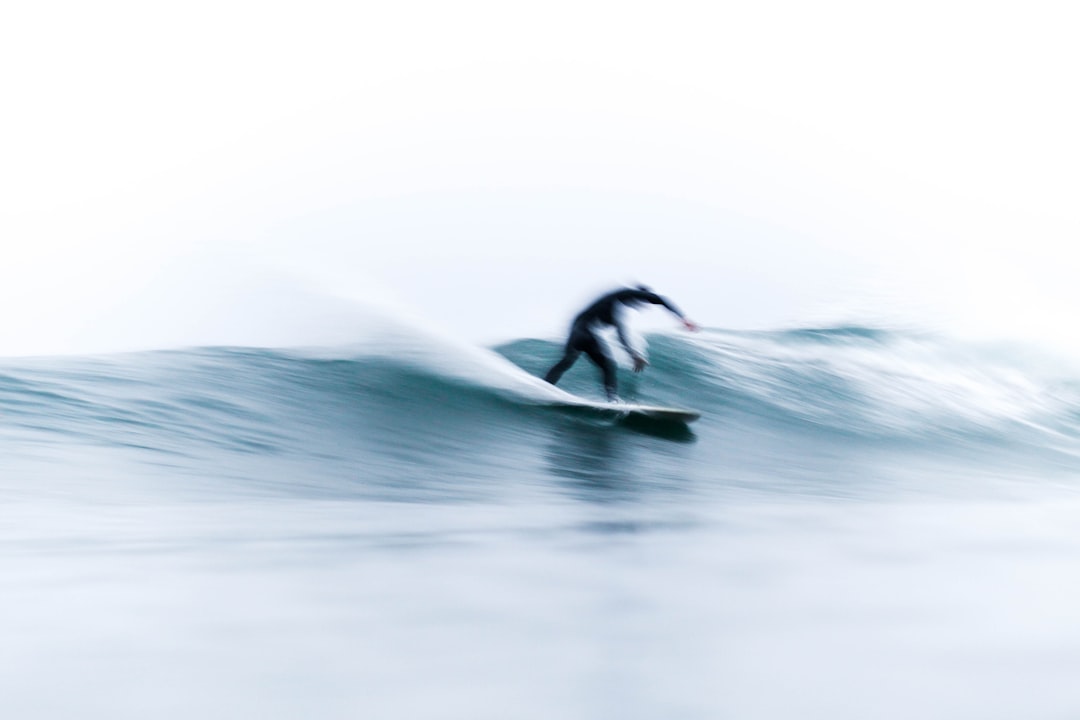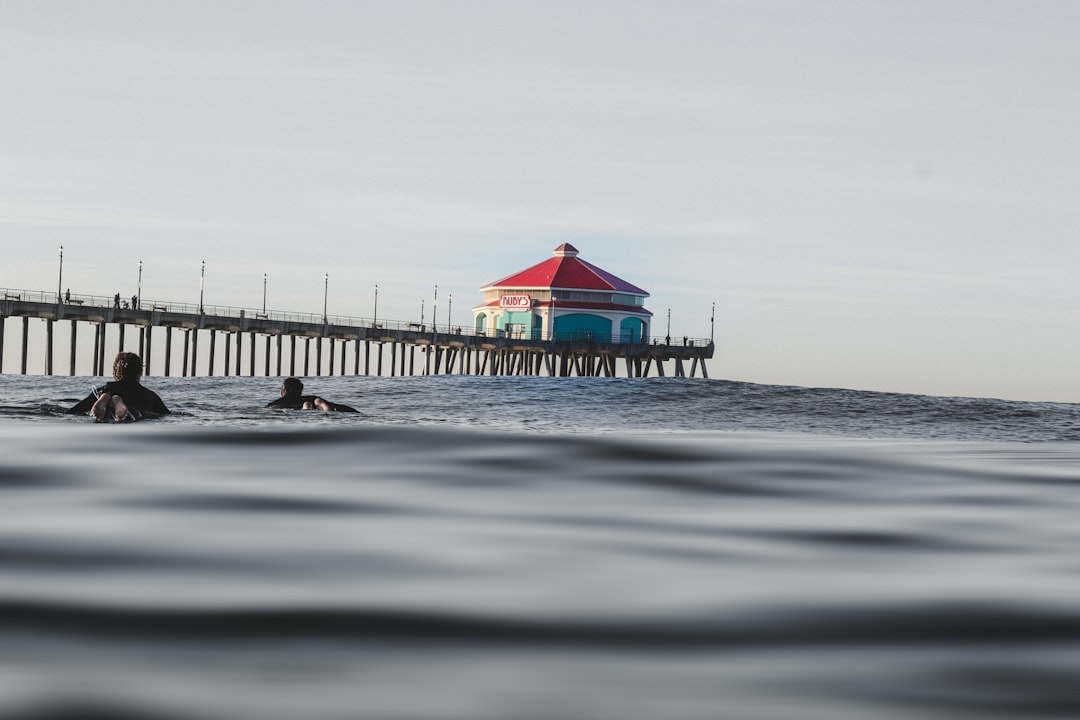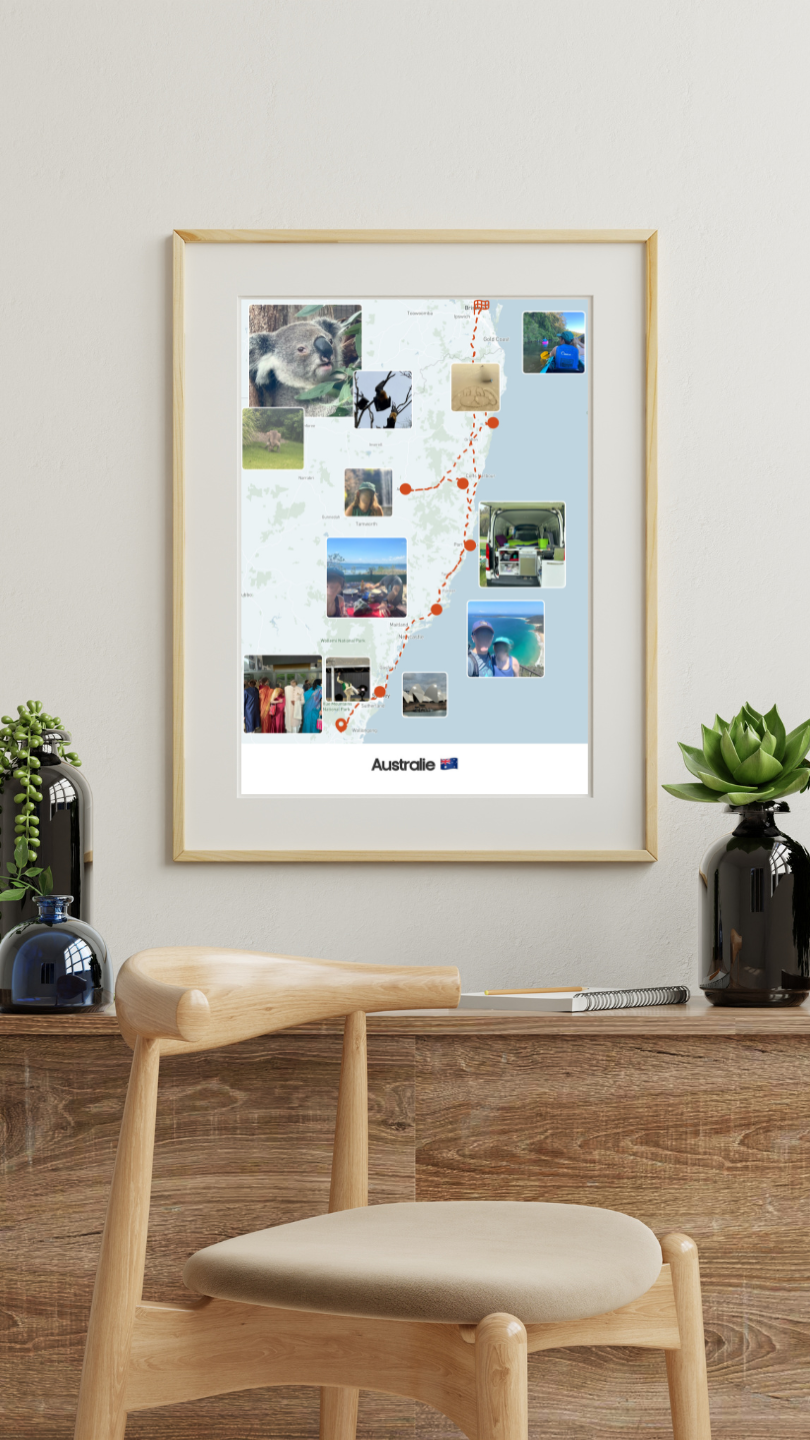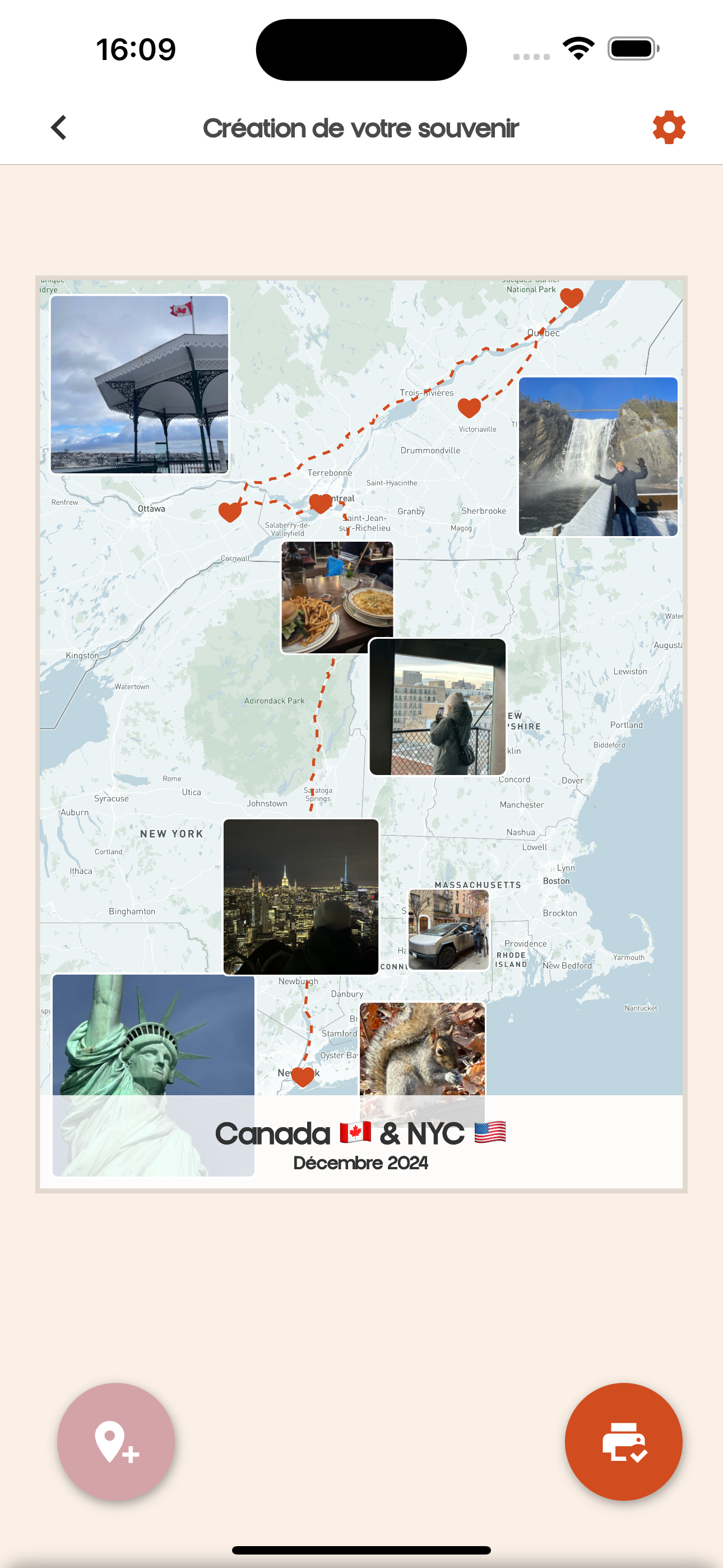Surfing is more than just a sport; it's a passion, a way of life. For surfers, finding the perfect spot can turn a good session into an unforgettable experience. In this article, we will explore the best surf spots around the world. Whether you're a beginner or an experienced surfer, there is a wave waiting for you!

Introduction - Discovering the Best Surf Spots Around the World
1. Pipeline, Hawaii - One of The Best Places in the World to Surf
Pipeline in Oahu is often considered the Holy Grail of surf spots. Famous for its powerful, hollow waves, it attracts surfers from all over the globe. Waves can reach up to 10 meters, which are not recommended for beginners. Ideal conditions occur between November and February when swells become more intense.
2. Teahupo'o, Tahiti - The Power of Waves
Teahupo'o is a must-visit destination for advanced surfers. Known for its massive and destructive waves, this spot is famous for its extreme challenges. The Teahupo'o bomb is one of the most feared, but when conditions are right, the rewards can be phenomenal. The best months to surf here are May through August.
3. Jeffrey's Bay, South Africa - Legendary Right-Hand Waves
Jeffrey's Bay is famous for its long, perfect right-hand waves that attract surfers of all levels. The spot is also an international competition site, offering a variety of conditions. During the southern winter, from June to September, the waves are at their best, providing unforgettable sessions.
4. Uluwatu, Indonesia - Surf and Tropical Landscapes
Uluwatu is paradise for surfers, offering consistent waves under the tropical sun. With varied spots, Uluwatu is suitable for both beginners and experts. The best months to surf here are from May to September when the southern swell works wonders.
5. Gold Coast, Australia - A Surfer's Dream
Gold Coast is synonymous with surfing. With its wide beaches and consistent waves, it's a perfect spot for surfers of all levels. Areas like Snapper Rocks and Burleigh Heads offer excellent conditions year-round, but the best months are from March to May.
6. Hossegor, France - The European Surf Mecca
Located on the Atlantic coast, Hossegor is famous for its powerful waves and international competitions. With spots suitable for surfers of all levels, this location is a must-visit in Europe. Autumn is generally considered the best season for surfing here, thanks to European swells and impressive waves.
7. Malibu, California - Surf and California Vibes
Malibu is a myth among surf spots, known for its long waves and iconic landscapes. Surfers of all levels come here, but the Surfrider spot is particularly popular among experts. Summer is the best time to enjoy Malibu waves, thanks to consistent swells and sunny days.
8. Jaws, Maui, Hawaii - The Ultimate Adrenaline Rush
Jaws (Peahi) is a legendary surf spot known for its massive waves that can still be ridden. This location is only for professionals due to the wave's power and size. The best months to surf here are from November to February when the conditions peak and are ideal for the boldest surfers.
9. Snapper Rocks, Australia - The Champion's Spot
Snapper Rocks is famous for its perfect waves and dynamic atmosphere. It attracts professional competitions and is the host of the world surf circuit. Ideal conditions are found from March to September, making it a prime destination for surfers looking to hone their skills.
10. Nias, Indonesia - A Spot with Giant Waves
Nias is a lesser-known yet incredible surf spot located in western Sumatra. With waves that can reach up to 4 meters, it is recommended for advanced to expert surfers. The best surfing season at Nias runs from April to October.
Conclusion - Finding Your Ideal Surf Spot
Whether you are a beginner or a pro, there is a surf spot suited to your skills all over the world. The places we explored are just a few of the best options. Don't wait any longer; choose your next destination and hit the waves!
FAQ - The Best Surf Spots Around the World
1. What are the best surf spots for beginners?
For beginners, it is essential to find spots where the waves are gentler and conditions are favorable. Beaches such as Kuta in Bali, Hossegor in France, and Pismo Beach in California offer waves suitable for learning. These locations are typically well-positioned and often have surf schools to help accompany you during your first sessions. Surf conditions vary seasonally, so it’s crucial to inquire about ideal times. Generally, summer is recommended for beginners, as waves tend to be smaller. Additionally, the presence of other surfers can provide a more secure environment.
2. When is the best time to surf in Biarritz?
Biarritz is one of the best surf spots in Europe, with waves suitable for surfers of all levels. The best time to surf in Biarritz is typically from September to November. During the fall, swells are particularly consistent, providing excellent conditions for all types of surfing. Furthermore, there's less tourist crowd than in summer, allowing for a better experience. Surf sessions can also vary based on tides, wind, and atmospheric conditions, so it's important to check the forecasts before hitting the water.
3. What equipment is necessary to start surfing?
When starting surfing, it's important to have the right equipment. This begins with choosing a good board; a longboard is often recommended for beginners as it offers more stability. A wetsuit is also advisable, especially in cooler waters, to stay warm and protected. Other gear includes a leash (safety cord to prevent losing your board) and possibly booties depending on water conditions. Finding the ideal gear can greatly contribute to your skills development on the waves. Of course, taking lessons from a surf instructor can also help you decide the right equipment based on your body type and skill level.
4. What are the risks associated with surfing?
Like all water sports, surfing carries certain risks. Among the main dangers is the possibility of injury from falling or colliding with your own board or another surfer's board. Furthermore, risks related to strong currents or attacks from marine life, such as jellyfish or fish, exist. Therefore, it’s essential to follow safety guidelines, like not surfing alone, choosing spots suitable for your skill level, and always checking sea conditions before jumping in. Taking lessons with a professional can help you better understand these risks. Lastly, it’s advisable to always wear a leash for safety and to be attentive to other surfers in the area.
5. Where do major surfing competitions take place?
Surf competitions attract professional surfers from around the world. Many competitions occur in the United States, such as the World Surf League event held at Huntington Beach in California. In Hawaii, the Pipeline Masters is a prestigious competition that draws elite surfers. In Australia, the annual Quiksilver Pro event on Gold Coast is also very popular. Competition sites are often chosen for their wave quality, allowing surfers to showcase their skills. Increasingly, competitions are being held in emerging countries like Indonesia or Portugal, showcasing the international surf scene's growth. This demonstrates the diversity of spots and the rising talents on the global surfing stage.
6. What are the best surf destinations for travel?
For surf enthusiasts, traveling to ideal surf destinations can be a true delight. Among the most sought-after destinations are Hawaii, with famous spots like Waimea Bay and Pipeline. Indonesia, particularly Bali, also attracts numerous surfers for its consistent waves and stunning landscapes. Australia is another must-visit destination, with a variety of spots along its coasts. Other countries like Portugal, with Ericeira and Nazaré, also offer exceptional waves suitable for all levels. Finally, the west coast of the United States, from Malibu to San Francisco, is equally renowned for its waves and atmosphere. Choosing one or more of these destinations allows you to combine your surfing passion with the exploration of new countries and cultures.
7. How to choose a good surf school?
Choosing a surf school is crucial for learning in good conditions. Look for a school with good reviews and high satisfaction rates. Also, check if the instructors are qualified and hold certifications. A good school will offer courses tailored to your level, whether you're a beginner or an advanced surfer. Furthermore, choose a school that provides good value for money with quality equipment. In general, taking a trial session can give you a better idea of the atmosphere and teaching level. Look for smaller groups, as they allow for better instructor follow-up.
8. Where are the best waves in Europe?
In Europe, spots like Hossegor, France, and Ericeira, Portugal, are among the best for surfing. Hossegor attracts numerous competitors and is known for its powerful waves. Ericeira, classified as a World Surf Reserve, offers a great variety of spots accessible to everyone. Other coastal areas like Margaret River in Australia and Fistral Beach in the UK also provide access to exceptional waves. The autumn and winter seasons are typically the best for surfing in Europe due to stronger and more performing waves. If you are looking for less crowded conditions, consider slightly lesser-known beaches which may also offer excellent conditions.
9. How to protect your skin from the sun while surfing?
Protecting your skin from the sun while surfing is essential because long hours spent in the water expose you to UV rays. Applying high SPF sunscreen, water resistant, before entering the water is crucial. It's best to choose a product made for athletes that can withstand activity and moisture. Additionally, wearing UV-protective clothing, such as lycras or wetsuits, can make a difference. Remember to reapply sunscreen every two hours, even if you are in the water. Lastly, wearing a hat and sunglasses while on the beach can complete a good protection plan.
10. What exercises can help improve performance in surfing?
To improve in surfing, it's essential to work on strength, flexibility, and agility. Exercises like yoga are excellent for enhancing flexibility and balance, two crucial elements in surfing. Strength training, targeting especially the legs, core, and upper body, is also beneficial. Conditioning workouts, like running or swimming sessions, can improve endurance for surfing. Finally, practicing proprioception exercises, like using an exercise ball or balance boards, strengthens stabilizing muscles needed on the board. By combining these elements, you will quickly boost your performance on the waves.






